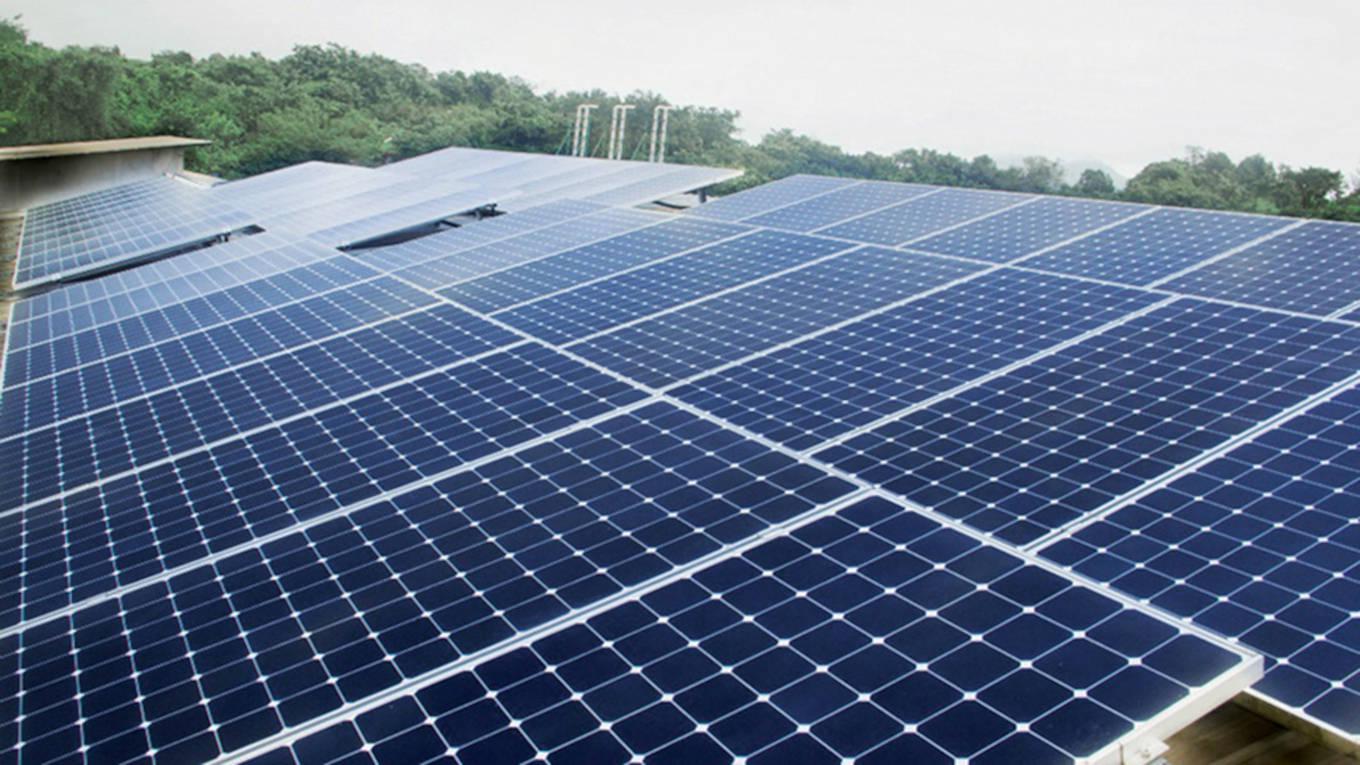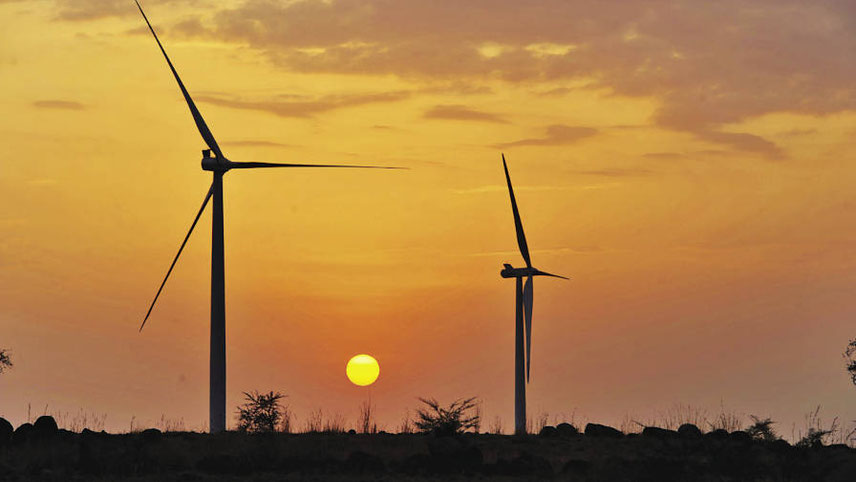August 12 this year was undoubtedly a special day for the Modi government. For the day saw, the Union ministry of New and Renewable Energy (MNRE) make a major announcement – the country crossing the milestone of installing 100 gigawatts (GW) of renewable energy capacity. “The total installed renewable energy capacity in India, excluding large hydro, has crossed the milestone of 100 GW. Today, India stands at 4th position in the world in terms of installed RE capacity, 5th in solar and 4th in wind in terms of installed capacity,” an official release said. R.P. Singh, Union Power minister who also holds the portfolio of New and Renewable Energy later followed with a tweet calling it “ a landmark day in the history of the Indian Power Sector.” There is no gainsaying that even the harshest critic of the Modi government would have found it difficult to counter the ‘landmark day’ argument even as several sub-plots of the grand story can be questioned in terms of their efficacy. It is no secret to anyone that when the NDA government had commenced its first innings in 2014, the renewable sector was seen more as a fad which was supposed to grow at a modest pace and eventually turn into a supplementary component of the Indian energy landscape in the long run. The scene, no doubt, has unfolded as anticipated then with a critical difference – they have rather happened at a brisk or even explosive pace for a sizeable spell during the past five years. “India’s capacity for renewable energy has increased by more than 250 per cent in 6-7 years. India is today in the top- 5 countries of the world in terms of installed renewable energy capacity,” Prime Minister Modi had said on the occasion of World Environment Day this year. Statistical positioning & recent trends As per the latest data released by the Central Electricity Authority, the total installed capacity in the country including renewable had stood at 388 GW. Out of this, renewable contribution was 101 GW. In terms of the renewables break-up, the solar sector had a clear lead with 46 GW followed by the wind segment (close to 40 GW or 39,800 MW). The supplementary segments of the renewable portfolio are bio-mass at 10,1000 MW, small hydro projects which are a little less than 5,000 MW and 401 MW of capacity from waste to energy source. These statistics clearly underline that the real dynamos of India’s renewable vehicle are solar and wind which have made India a global powerhouse in a scenario where a race has begun to do away with fossil fuel based power sources. “The last few years can be seen as the Indian government exhibiting a strong intent and policy initiatives towards augmenting the solar capacity in India,” observes Sandip Agarwal, MD & CEO, Enfinity India. But even as the scale building exercise of Indian renewable sector has been quite credible, there are distinctive flipside elements. For instance, there have been structural issues which came into the play much before Corona-led lockdowns also considerably slacked the pace of project commissioning in the sector. “The pace of capacity expansion has been staggered due to the Covid-19 pandemic and certain structural issues, like discom profitability, supply chain dependencies, transmission infrastructures and PPA closures for contracts already awarded. These issues have hindered the capacity addition in India. Alongside, there are certain short-lived challenges like supply chain disruptions, volatility in the commodity market, etc,” Agarwal points out.
-

Solar energy has an edge over others in the Renewable sector


































